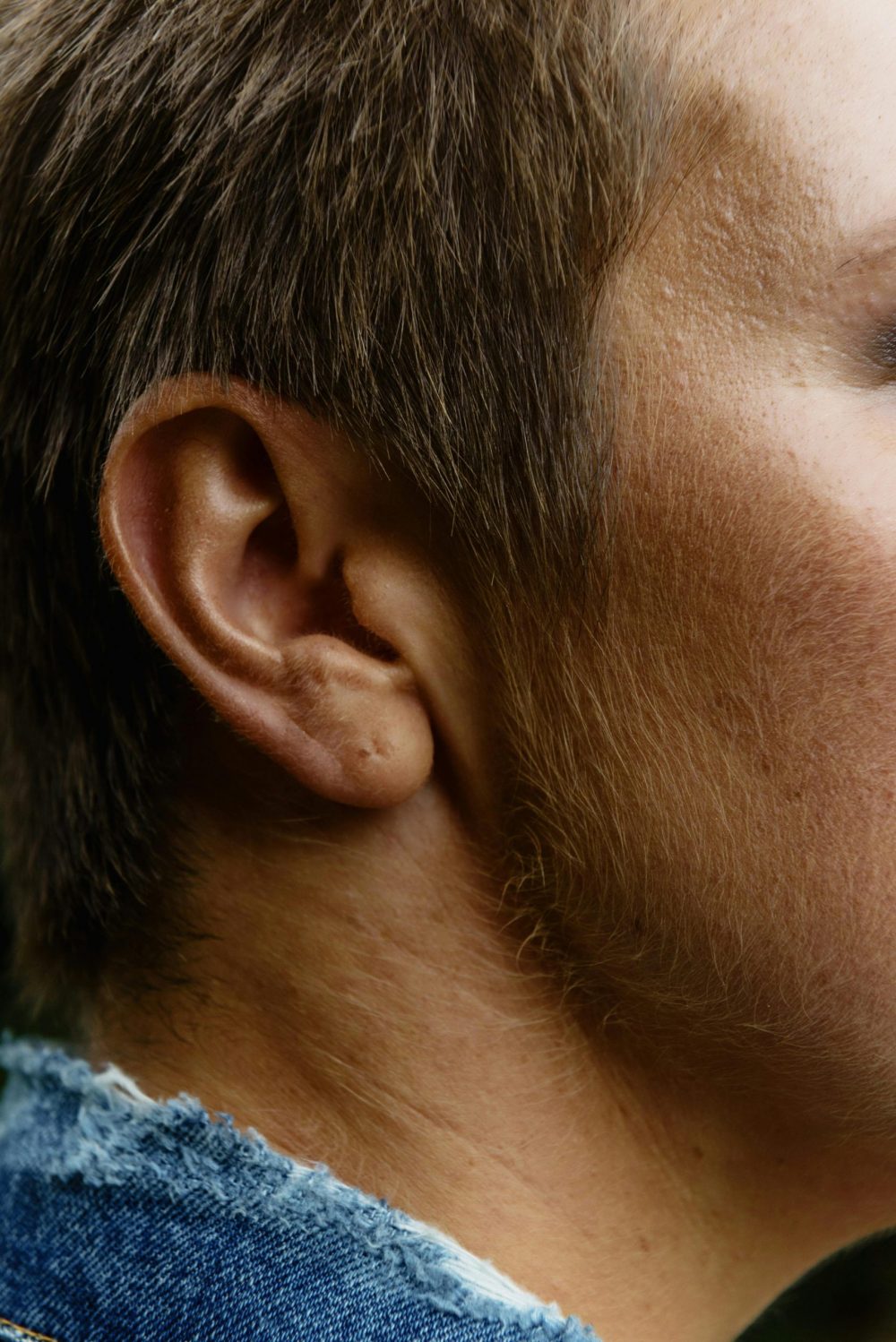Pain in the ears may start as a low ache or even sharp and throbbing pain that disrupts regular life. Although it is usually ignored as an inconvenience, ear pain can be taken as an indicator of a large range of underlying conditions, some of which can be straightforward, and others more severe. Knowing what could be its cause will help to know when to consult a medical professional instead of tolerating it. Such reasons as ears hurt consist of seven common ones, and what each could mean is listed below.
1. Ear Infections: A Major Fugitive.
Ear infections are one of the most common causes of ear pain in children as well as adults. Such typical symptoms are a sensation of fullness, hearing impairment, and sometimes fever and drainage. Even though there are ear infections that clear by themselves, there are those that need examination. When the pain is sharp or it takes over two days, you should not disregard it and particularly when you find that hearing is muffled.
2. Blocked Eustachian Tubes
The ear has eardrums that are linked to the throat located behind the ear via the eustachian tube, and this allows free passage of fluid and air. It may produce dull pains or stuffiness in the ear when it is swollen/clogged, which is usually due to allergies, a cold, or loss of air pressure. The feeling is at times referred to as the presence of water trapped inside. Such pain may become worse when traveling on the plane or even when driving in the mountains.
3. Earwax Buildup
Earwax is also protective as it traps dirt and prevents infections. But when excessive occurs it may become hardened and block the ear canal, resulting in pain, pressure, or a temporary loss of hearing. Others can even complain of ringing in the ears or dizziness. Cotton swabs usually worsen the situation, pushing the wax deeper inside, as a result of cleaning the ears. A health professional or the use of soft over-the-counter solutions that soften wax is best for safe removal.
4. Jaw or Dental Problems
Ear pain may not necessarily be ear-related. In some cases, it is referred pain that causes pain in the jaw or teeth. An example of such disorders includes temporomandibular joint (TMJ) disorders, which lead to pain in the area close to the ear, which increases upon chewing or speaking. The discomfort can be easily relieved by treating the underlying cause, whether it is via dental care, by applying muscle relaxation techniques, or using a night guard.
5. Both Sinus Pressure and Upper Respiratory Infections.
It is not only the nose that is affected by sinus infections and seasonal colds; ear pain may also be experienced. In case congestion of the sinuses occurs, the pressure may spread to other ear structures in the vicinity. Such accumulation of pressure can either give the ears a clogged feeling or result in sharp pain upon bending over or lying down. Symptom alleviation may include steam inhalation, nasal sprays, and warm compresses, but in severe cases of the condition where the fever is high, medical care is advised.
6. Outer Ear Infection in a Swimmer (Ear).
The swelling in the ear can, in some instances, block the canal; therefore, hearing becomes difficult. The timely treatment is of importance; topical antifungal or antibiotic drops might be effective. One way of avoiding recurrence is by keeping the ears dry and not putting objects in the ears. Earache treatment requires a proper diagnosis of whether it is in the outer ear or the middle ear, as the two are different.
7. Pressure Changes or Foreign Objects.
The sudden ear pain may be due to foreign objects, particularly in children, when they get stuck in the ear canal. Big things, such as beads or insects, might irritate sensitive tissues. Change in pressure, conversely, usually impacts frequent flyers and divers. This is called barotrauma and is experienced when pressure on the inside ear is not equal to the pressure on the outside, and causes sharp or popping pains.
Conclusion
It is not only inconveniencing, but the ear pain also signifies that everything is not okay. Early diagnosis and treatment not only alleviate the pain but also offer ear health in the long run. In the event of doubt, a visit to a professional assessment will ensure that the correct cause has been detected and remedied to bring back comfort and the state of tranquility.
